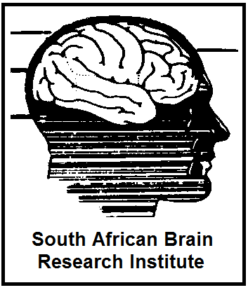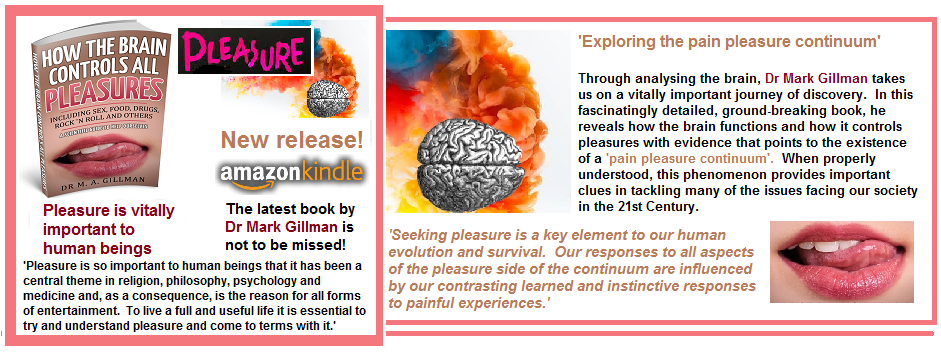Diagnosis and Treatment of Neurological and Psychiatric Conditions
PAN shows promise of being useful as diagnostic and therapeutic agent in a number of conditions apart from addiction.

Depression
There is some evidence that PAN can be used to differentiate between reactive and endogenous depression. It may also be therapeutic in depression, since it can be useful in bridging the latent period of between 2 and 3 weeks before antidepressant medication has its therapeutic effect. If the gases are given once or twice during the latent period, the patient’s mood improves temporarily, giving them a glimpse of future improvement. This may prevent suicides which can occur during the latent period associated with traditional antidepressant therapy. Preliminary investigations with PAN indicate that the gas has a beneficial effect in the juvenile depression.
Other Neuropsychiatric Conditions
There is preliminary evidence that the endorphins are involved in mood, anxiety states, feeding disorders and psychosis. SABRI workers were the first group to implicate the endorphin system in human sexual function, linking pain and pleasure. The gases show promise in psychotherapy and the treatment of male and female sexual dysfunction.
Recent work indicates that PAN may be useful for Attention-Deficit/Hyperactivity disorder (ADHD).
SABRI’s pioneering work implies that movement disorders such as Tourette syndrome, neuroleptic akathisia and spasmodic torticollis are caused by a dysfunction of the endorphin system and are therefore amenable to investigation and treatment with PAN.
Click here to get your copy of the latest book by Dr Mark Gillman!
https://www.amazon.com/dp/B07B21J7JW

